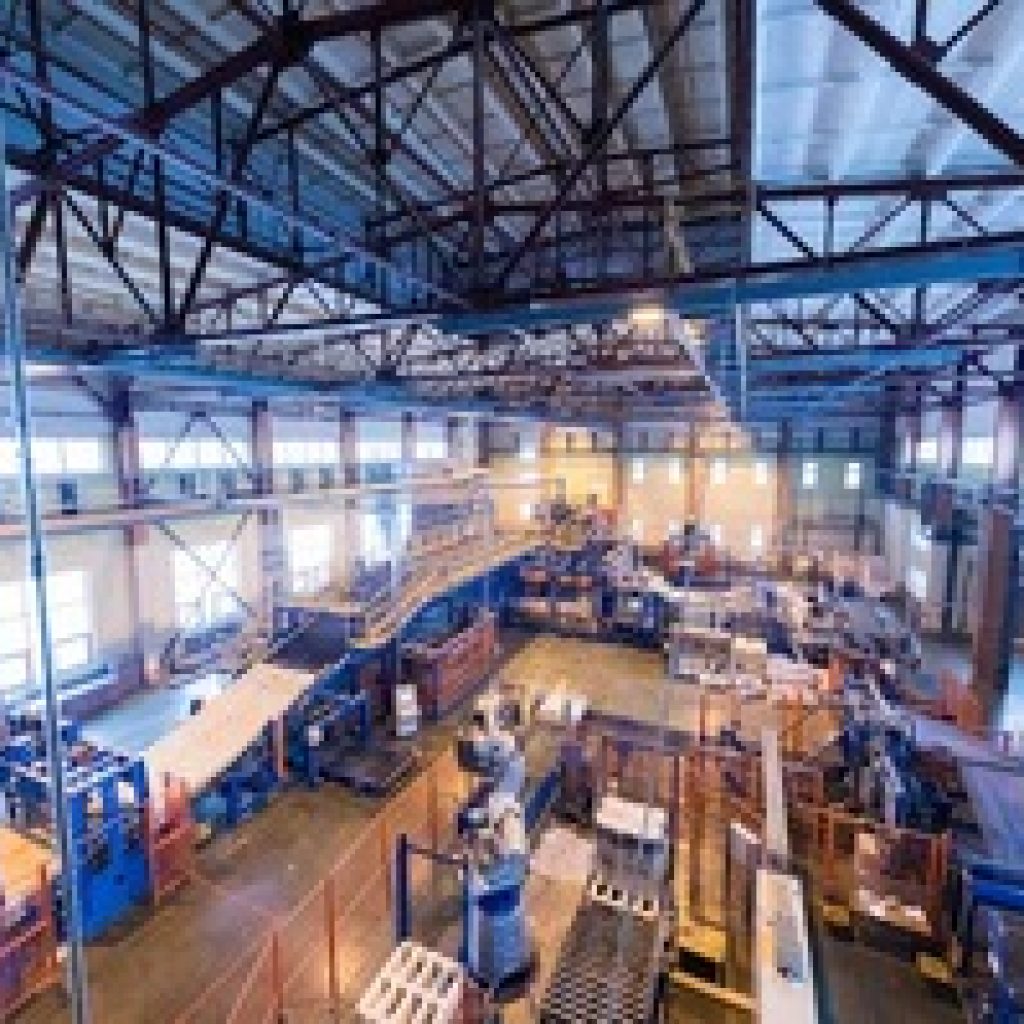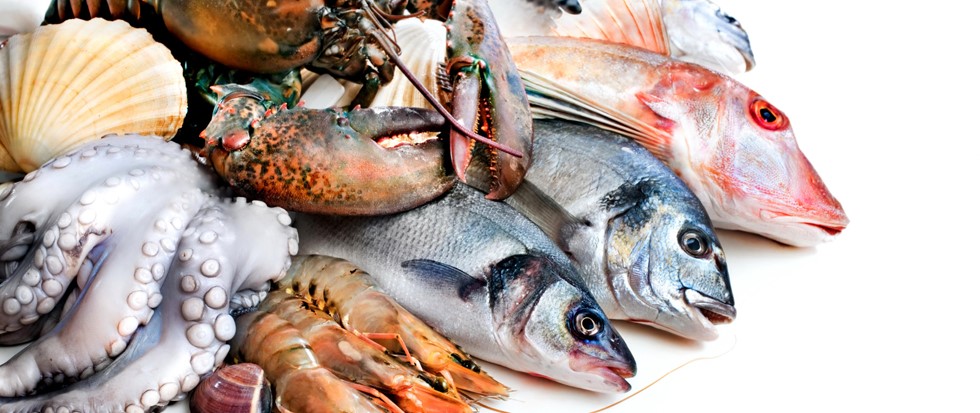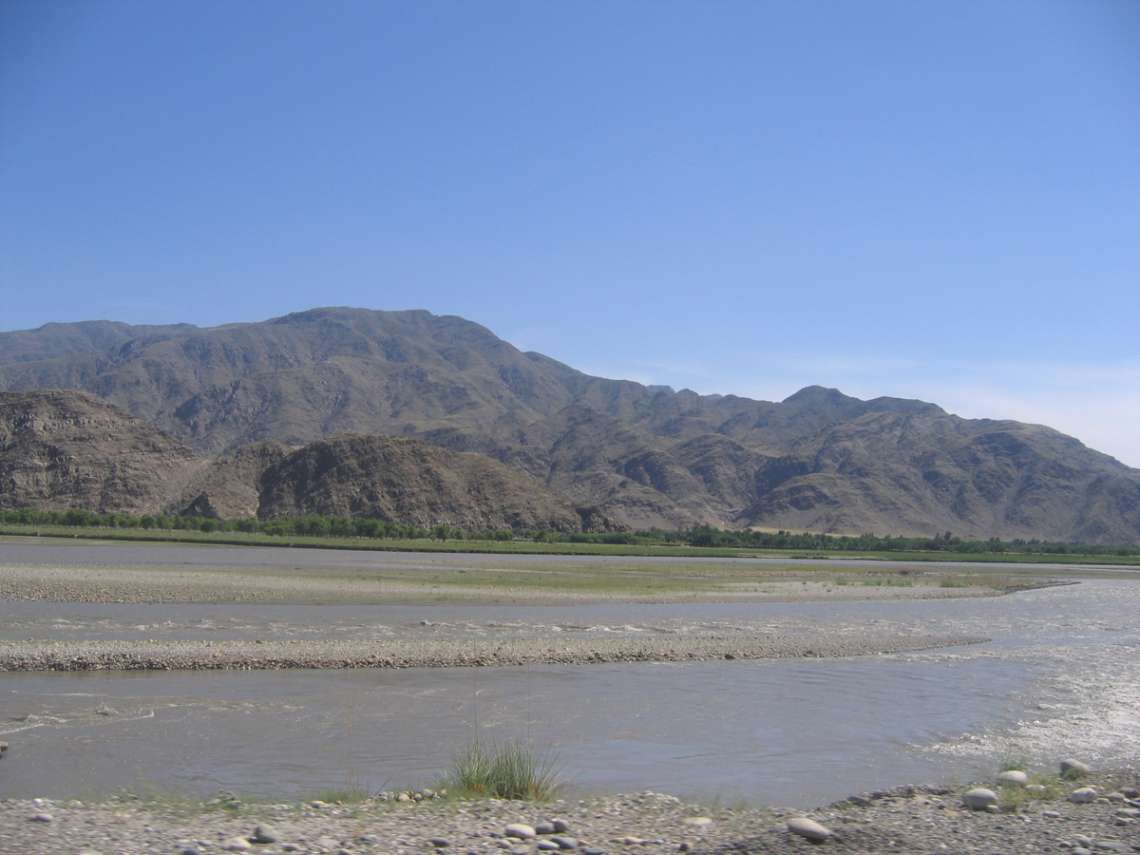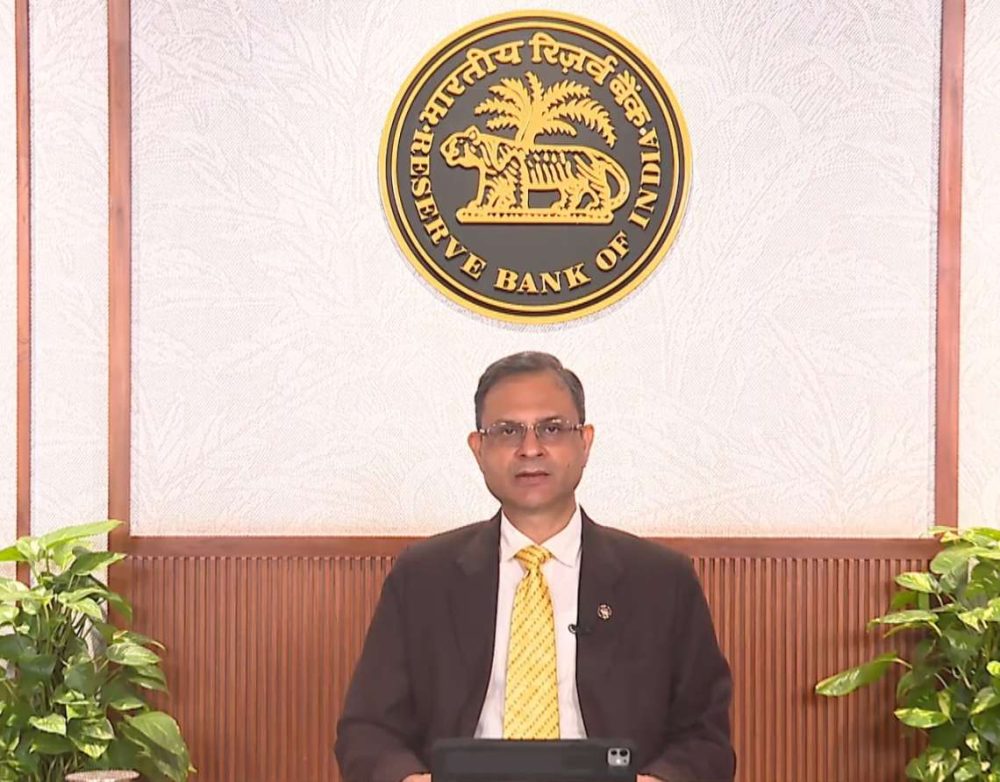The reduction in import duties on various inputs used for the manufacture of prawn and shrimp feed and fish feed announced in Budget 2024-25 will make Indian seafood-based value-added products more competitive in international markets and help in the increase of exports, he added…reports Asian Lite News
As a result of various efforts made by the government, India’s seafood exports have increased from Rs 46,662.85 crore in 2019-20 to Rs 61,043.68 crore in 2023-24, registering a growth of 30.81 per cent, the Parliament was informed on Friday.
Minister of State for Commerce and Industry Jitin Prasada furnished figures in the Rajya Sabha to show that the total production and export of marine products in the country has been increasing steadily over the last five years.
The government regularly monitors and reviews export performance, including that of marine products, along with export promotion bodies and the Indian missions abroad with the objective of enhancing exports vis-a-vis the previous year. Internal targets are used for monitoring purposes only, and have been fixed at $7.86 billion for 2024-25, he added.
Prasada also said that the Government through the Marine Products Export Development Authority (MPEDA), a statutory organisation under the administrative control of the Department of Commerce, provides assistance for upgrading infrastructure facilities for value addition, establishing testing laboratories, participating in international trade fairs, and providing technical assistance for aquaculture production meant for exports.
The reduction in import duties on various inputs used for the manufacture of prawn and shrimp feed and fish feed announced in Budget 2024-25 will make Indian seafood-based value-added products more competitive in international markets and help in the increase of exports, he added.
The import duties were reduced from 15 per cent to nil on fish lipid oil (HS 1504 20) & algal prime (flour) (HS 2102 2000), from 5 per cent to nil on krill meal (HS 2301 20), mineral and vitamin premixes (HS 2309 90 90), from 30 per cent to nil on crude fish oil, from 15 per cent to 5 per cent on prawn and shrimps feed (2309 90 31) and fish feed (2309 90 39), from 30 per cent to nil on pre-dust breaded powder.
The government has also increased the Remission of Duties and Taxes on Export Products (RoDTEP) from 2.5 per cent to 3.1 per cent for various seafood products and with the maximum value cap per kg increased to Rs 69, which will also encourage the export of such products, the minister pointed out.
Furthermore, the Department of Fisheries is implementing the flagship Pradhan Mantri Matsya Sampada Yojana (PMMSY) with an investment of Rs 20,050 crore in the fisheries sector for 5 years i.e. FY 2020-21 to FY 2024-25 to promote exports. The scheme intends to address critical gaps in fish production and productivity, quality of catch/harvests, technology infusion, post-harvest infrastructure, modernisation and strengthening of the value chain, reduction of post-harvest losses and traceability, he stated.
Since 2020-21, the Centre’s Department of Fisheries has approved proposals to the tune of Rs 1283.47 crore for the development of cold chain infrastructure under PMMSY which includes the construction of 586 cold storages, modernisation of 78 cold storages/ice plants and 26588 post-harvest transportation facilities, Prasada added.

India’s Manufacturing Growth Remains Robust in July
India’s manufacturing activity continued to expand at a robust pace in July on the back of strong domestic demand and new export orders, according to an HSBC survey released on Thursday.
“With demand conditions remaining favourable and new orders coming in, goods producers purchased additional inputs in July,” the survey highlighted.
The HSBC final India Manufacturing Purchasing Managers’ Index (PMI) compiled by S&P Global, came in at 58.1 last month which was about the same as the June figure of 58.3.
The index has been above the 50-mark separating growth from contraction since July 2021 which is the longest expansionary phase in the last 11 years.
“India’s headline manufacturing PMI showed a marginal slowdown in the pace of expansion in July, but with most components remaining at robust levels, the small drop is no cause for concern,” Domestic demand recorded a healthy growth in new orders while exports rose at the second-fastest pace in 13 years driven by rising demand from countries in Asia, Europe, North America and the Middle East, the report states.
“New export orders remain a bright spot, rising by 1 point to the second-highest level since early 2011,” said Pranjul Bhandari, chief India economist at HSBC.
The outlook for the coming 12 months remained optimistic with firms still taking on additional staff. While the pace of hiring was slower than in June, it maintained the positive momentum in creating new jobs, the survey states.
However, high demand pushed up both the input and output price sub-indexes. “The rate of expansion was sharp, as more than a quarter of panellists increased their buying levels. In turn, strong input demand drove cost inflation higher. Manufacturers reported paying more for coal, leather, packaging, paper, rubber, and steel,” the survey observed.
“The continuous increase in the output price index, driven by input and labour cost pressure, may signal further inflationary pressure in the economy,” Bhandari said.
ALSO READ: India Now No. 2 in Aluminium Production














